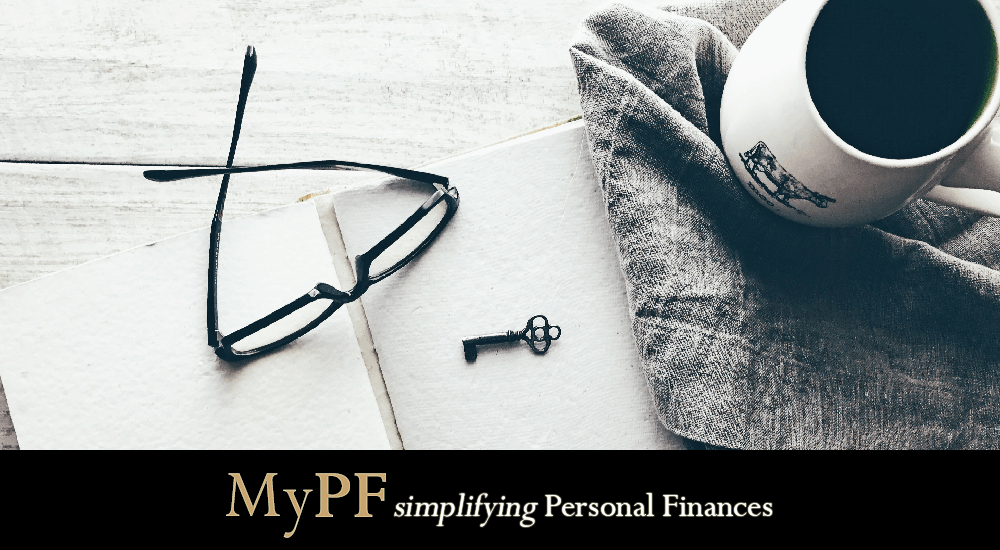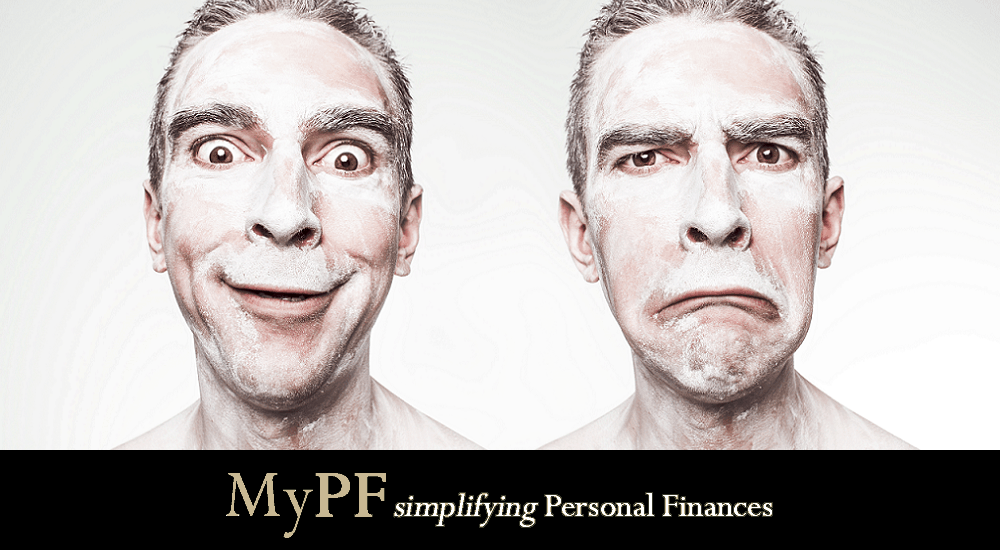The book ‘Rich Dad, Poor Dad’ once took the world my storm. How valid is the advice in this book?
Robert Kiyosaki is a businessman and author who was born in 1947. Kiyosaki is the founder of “Rich Global” and the “Rich Dad Company,” both of which provide personal finance and business education. He’s also the developer of the “Cashflow” board and software games for adults and children to learn about business and finance.
Kiyosaki has written over 26 books, including the international self-published personal finance “Rich Dad Bad Dad” series, which has been translated into 51 languages and has sold over 27 million copies worldwide.
Robert Kiyosaki’s book “Rich Dad, Poor Dad” is an allegory about his two fathers and how growing up with them affected his financial views. Kiyosaki’s biological father, a highly educated college professor, is the “bad dad.” Kiyosaki’s best friend’s father, a wealthy entrepreneur with dozens of businesses, is the “rich dad.” On the subject of money, both fathers give contradictory advice.
Robert Kiyosaki and Sharon Lechter published the book “Rich Dad Bad Dad” in 1997. It stresses the benefits of financial literacy financial independence and personal money management through asset investing and financial leverage. The book advises readers to invest in real estate and start their businesses.
Rich Dad Poor Dad is written in the form of a series of parables and is based on Kiyosaki’s personal experiences. We’re here to discover if his book can be adapted to the personal finance industry in Malaysia.
Contents
Core Teaching
Kiyosaki’s financial and company teachings emphasize passive income generation through business and investment opportunities such as real estate, companies, securities, and commodities. He advocates for the development of “passive income” from investments to achieve true financial freedom and avoid relying on conventional work.
The word “assets” is used by Kiyosaki to refer to everything that produces profits. He describes “liabilities” as “something that depletes cash,” such as a personal residence, consumer loans, or student loans.
Despite the dangers, Kiyosaki claims that financial leverage is key to becoming wealthy. He emphasizes the value of creating an asset first to cover one’s liabilities rather than saving money or relying on a conventional job paycheck.
“‘Rich Dad, Poor Dad’ is one of the stupidest financial advice books I have ever read,” says John Reed, a real estate advisor. It includes several factual errors as well as several highly unlikely accounts of alleged events.”
Giving Conflicting Advice That Could Be Harmful
Kyosaki provides contradictory guidance about how to conduct real estate transactions. The recommendation in one book is to “go big or go broke.” In another novel, he advises beginning with small real estate deals and working your way up. Why can’t he be consistent if it matters?
Regardless of your level of education, the numerous “Rich Dad” books will give you the wrong impression. In his novels, he often claims that the educational system is obsolete, that it does not teach what people need to know in the real world, and that it teaches people to be workers rather than self-employed, which is the ideal. The issue is that it’s all too easy to take the definition out of context.
At least one parent has reportedly expressed dissatisfaction with her child’s refusal to attend school after reading Rich Dad Poor Dad. He says that the book motivated him, that schooling is futile, and that his mother (a single mother) is feeding him outdated knowledge to keep him poor.
When Kiyosaki praises Dell and Gates, he neglects to note that they both benefited from their time in college. Michael Dell designed and customized computers in his dorm room and sold them; he was there to see a need and satisfy it. Bill Gates may have dropped out of college, but he did spend two years at Harvard, and he wasn’t too good until IBM approached him about PC-DOS, and he essentially purchased someone else’s version, changed it a little, and sold it to IBM. I doubt Bill Gates foresaw the PC’s popularity, but he was able to profit from it and expand his fortunes by researching the market and responding to consumer needs and challenges by recruiting a strong team that included Paul Allen.
Many people believe that switching from jobs to self-employment is the best option. The lack of a supervisor and better influence over income and expenditures are unquestionably beneficial. However, you’re still exchanging time for money. That is not an ability that everybody possesses. And few are adept at consistently rising sales while reducing costs.
The issue is that, while many self-employed people are excellent at what they do, they are not especially skilled at running a company. You must be able to market yourself, recruit the right people, and manage a budget in addition to the basic skills needed in your company.
It is critical to further improve those skills. Tom Diem, CFP, of Diem Wealth Management in Fort Wayne, Indiana, says, “I quit a big firm employed as a Financial Advisor to become an independent advisor.” “I believed I was going up the quadrants from employee to investor, but that was not the case. Everything I did was go from being an employee with a job to being a self-employed quadrant with my job. Every month, I was just selling, selling, selling. I knew something had to shift, and it did.”
Conclusion
“Rich Dad, Poor Dad” made waves in the real world thanks to Kiyosaki’s remarkable story-telling skills. His allegory of his two “dads” is simple enough to be understood by laypeople and that simplicity resonates among many. However, it does seem that not everything in the book should be viewed as a perfect philosophy to adopt entirely. While far from ideal, it is still an enjoyable read.
What are your thoughts on Rich Dad, Poor Dad?







Leave A Comment